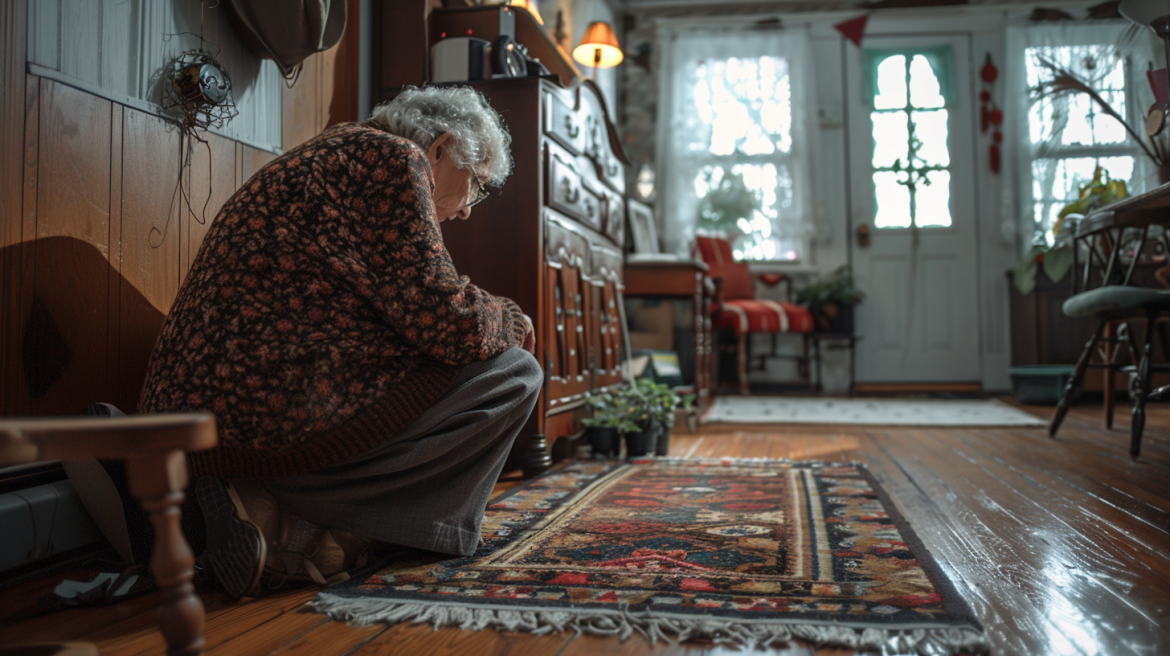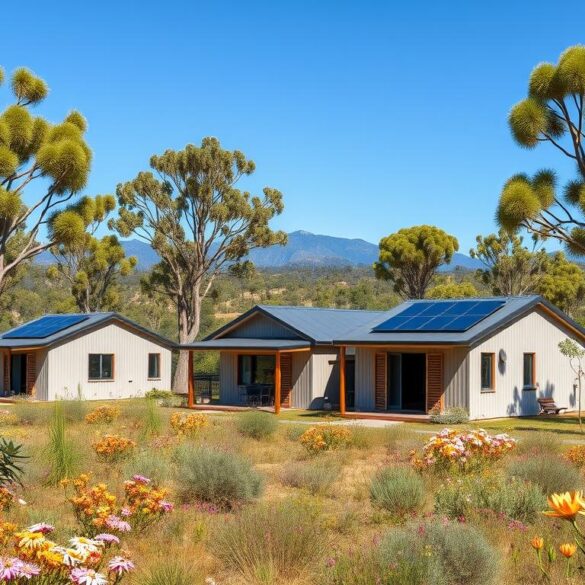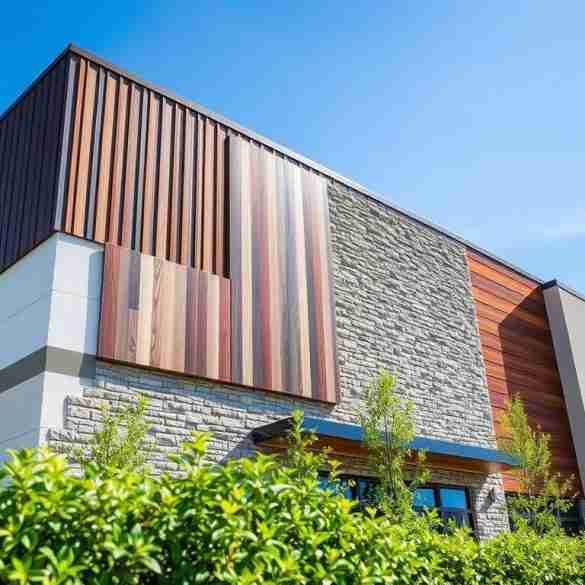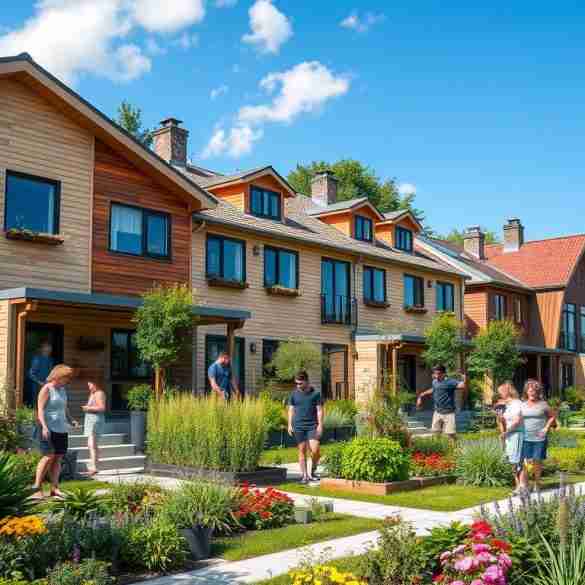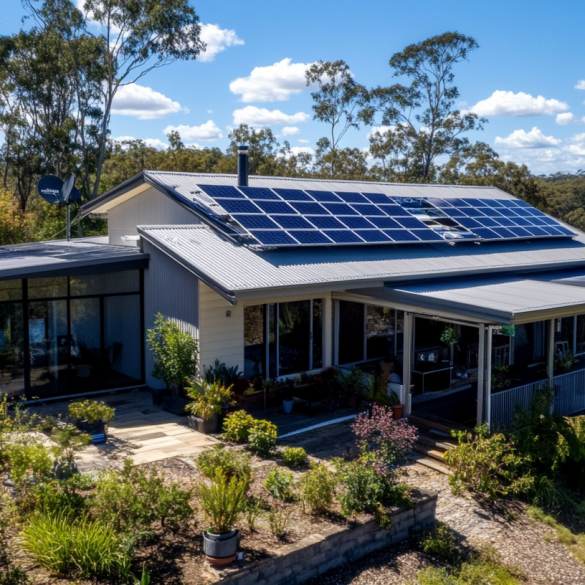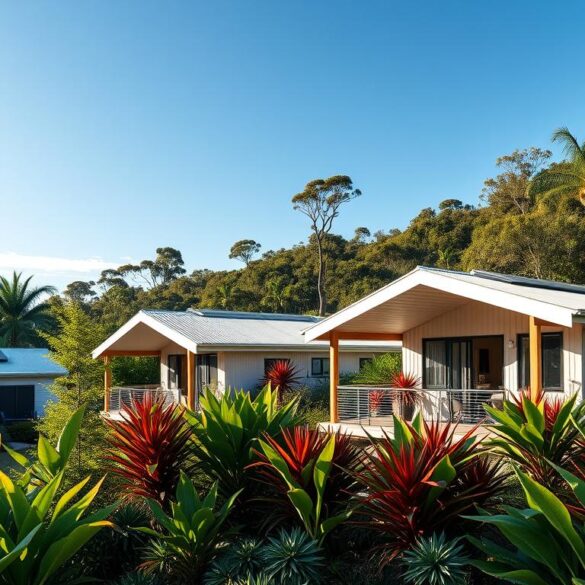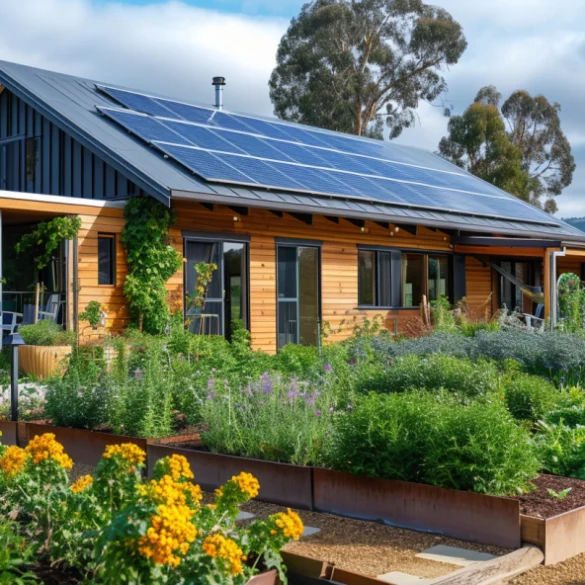Have you ever thought about the dangers in aged care homes? As more people in Australia get older, we must know and reduce Australia aged home hazards. It’s key to keep seniors safe and avoid aging-in-place hazards. Being informed is important for your family’s safety.
Safeguarding our seniors is very important. Did you know that a quarter of those over 65 fall each year, with most falls occurring at home1? This shows how crucial it is to prevent falls, medication issues, and fire risks in aged care and homes. Residential aged care places have rules for visitors to help keep residents safe2. There’s also a National Dementia Helpline for those with memory problems2.
It’s vital to take steps to stop accidents. Adding handrails and non-slip strips at home can lower dangers and help seniors live on their own3. Also, being careful about COVID-19 and following health advice is key for home safety2.
There are many ways to help people in aged care and their visitors. Tips include washing hands, following visiting rules, and using video calls to stay connected2. These steps keep seniors safe and support their mental health by keeping them in touch with family.
Key Takeaways
- 1 in 4 people aged 65 and over falls each year1.
- 6 out of 10 falls occur at home1.
- Home modifications like handrails can significantly reduce fall risks3.
- Strict visitor procedures are in place for residential aged care homes2.
- Good hygiene and vaccination are critical to manage COVID-19 in seniors2.
Table of Contents
Identifying Common Risks in Senior Living
It’s key to know how to handle the safety worries of older folks in aged homes. Many risks like falls and medication mix-ups can badly affect their health. It’s really important to spot these risks and make plans to stop them. These plans should fit the needs of the older adults.
Falls and Slips
Falls and slips are a big worry for older people. They often have trouble moving and keeping their balance. This also puts those who care for them at risk. Making sure they get enough exercise can cut down the chance of slipping. In Australia, about 73% of seniors did some exercise last week4.

Medication Errors
Getting medicines mixed up is a common risk. Having many different medicines can lead to bad side effects or mix badly with each other. Not following how to take these medicines can cause serious health issues and even legal trouble5. Good systems for managing medical info are crucial. They make sure medicines are given out right and lower the risks.
Fire Hazards
Older people face special dangers if there’s a fire. They might not react as fast or might not hear the alarms. This could cause a big loss in trust and business5. To keep them safe from fires, an expert must check how good the safety plans are5. The place they stay in should have good fire safety gear and working alarms.
By tackling these senior safety worries, we can make living places safer. Using help from experts and resources like Sustainable Home Magazine can lower these risks. This makes life better for our elderly ones.
Preventing Accidents in Retirement Homes
Making sure seniors stay safe at home is very important. We can do this by looking at three main areas. These are safety gear, keeping the place well-lit, and doing regular check-ups. By focusing on these, we lessen the chances of seniors getting hurt at home.
Safety Equipment
Having the right safety gear is key to stop accidents in elderly homes. For example, adding grab bars in bathrooms and putting down non-slip mats helps a lot. Also, it’s important for those who can’t move well to have tools that help them move safely.
Every six months, it’s a must to check on gear used for moving people6.
Proper Lighting
Good lighting makes it easier to see and avoid falls. Without enough light, it’s hard to spot dangers. That’s why proper lighting is crucial for the safety of our elders7.
Setting up lights that get brighter through the day can cut falls by 43%. At least that’s what a study from the Journal of the American Medical Directors Association says6. This makes sure seniors have clear sight wherever they go in the house.

Regular Maintenance
Keeping the house well-maintained is a must to protect our elders. Especially, stairs and handrails must be looked after to prevent falls7. It’s easy for things to stack up and block paths, increasing the fall risk.
Also, staying on top of fixes for loose carpets and such keeps our elders safer. And, items like radiators should never be too hot to touch to avoid burns in care homes6.
Health Protocols to Minimize Hazards for Seniors
It’s crucial to follow health protocols to keep seniors safe. The COVID-19 pandemic is still a big risk. These measures help shield older people from dangers.
COVID-19 Guidelines
It’s key to obey public health rules and safety laws to cut COVID-19 risks. The CDNA has guidelines for respiratory illnesses in aged care settings8. Aged care workers need IPC training to keep everyone safe8.
Creating a COVIDSafe Plan is essential for home care. If a worker is positive for COVID-19, they must stay home for seven days8.
Vaccination Information
Getting vaccinated is crucial for seniors’ health. It’s important to support getting flu shot8.
Access to vaccines should be easy in care homes. This helps protect seniors from getting sick8.
Visitor Protocols
Having clear visitor rules in aged care keeps everyone safe. This includes checking people at the entrance, wearing masks, and staying apart as advised by local laws8.
These steps make sure seniors are safe but can still see loved ones.
Australia Aged Home Hazards: Understanding and Mitigating Risks
It’s key to know the dangers older folks face. These can lead to injuries in care homes. About 58% of these injuries come from lifting and moving folks. This shows how vital the right training and tools for staff are9.
Falls are another big risk. They might happen because of dirty floors, not enough light, or bumpy ground. To keep seniors safe, it’s important to check these things and take steps to stop falls9.
An expert look at a place where seniors live can spot hazards. This makes it possible to set up safety actions just for them. Recently, getting the okay from the seniors about steps to keep them safe has gotten more attention. New laws make sure asking for their okay is done right10.
Teaching folks the things that can cause harm and the best ways to avoid them helps a lot. This keeps the risks low at care homes for the elderly10.
There are rules to make sure care providers do their job well. These rules focus on quality and safe care11.
Healthcare workers in these homes are five times more likely to get hurt by violence. This shows the need for strong support and teaching. Keeping the place clean, safe, and well-lit also cuts down on injury risks for seniors.
Stopping infections is very important, and everyone must work together on this. Making sure people know about staying safe is a must. This includes what to do in emergencies and how to take medicines right. The move towards caring for seniors at home also aims to make care better and safer11.
Creating a Safe Environment for Aging in Place
Making a safe and comfy home for older folks takes planning. This includes changing the home, getting help from pros, and having a list of emergency numbers. All this helps our elderly loved ones stay well.
Adapting the Home
To make homes safer for seniors, we need to change a few things. Adding grab rails in the bathroom and using floors that don’t slip are good first steps. We can also use tools like security alarms to keep them safe12. Getting a professional safety check is also smart. It gives tips designed just for the home’s owner, making sure everything is safe and sound13.
Hiring Professional Help
Having pros to help with elderly care is a big help. They can help out with daily tasks, manage healthcare, and look after the senior’s well-being14. This kind of help improves seniors’ lives a lot. It lets them keep their freedom while getting the care they need. For those with movement issues or conditions like Parkinson’s, this help is especially good13.
Emergency Contact Information
Keeping emergency numbers updated is key for quick help in a crisis. By having these numbers handy, we cut down on how long it takes to get help. This means lives could be saved. It is a simple but vital part of making a safe space for seniors12. Seniors should have important numbers like doctors, family, hospitals, and caregivers on hand.
Conclusion
Keeping aging Australians safe is key. Knowing the dangers they face helps us prevent harm. Things like falls, wrong medicines, or fire risks should be understood. This lets caregivers use smart guidelines to keep elders safe. By doing so, they can improve the advice they give. This makes life better for our seniors.
To avoid accidents at home, we need to act early. This includes using safety gear, making sure there’s good light, and checking things often. Stricter visit rules are important for safety. The Australian Government is also putting in extra money, $189.9 million, to help care facilities stay safe15.
Making homes safer for the elderly involves a few steps. It means changing living spaces to suit their needs, getting professional care, and keeping emergency contacts close. Groups like the Aged Care Quality and Safety Commission and the Older Person’s Advocacy Network are of great help. They show us how to take care of elders well. By being alert and ready, you can make sure your elders are in a good, safe place.

